
Mastering High Altitude Pressure Cooking Adjustments
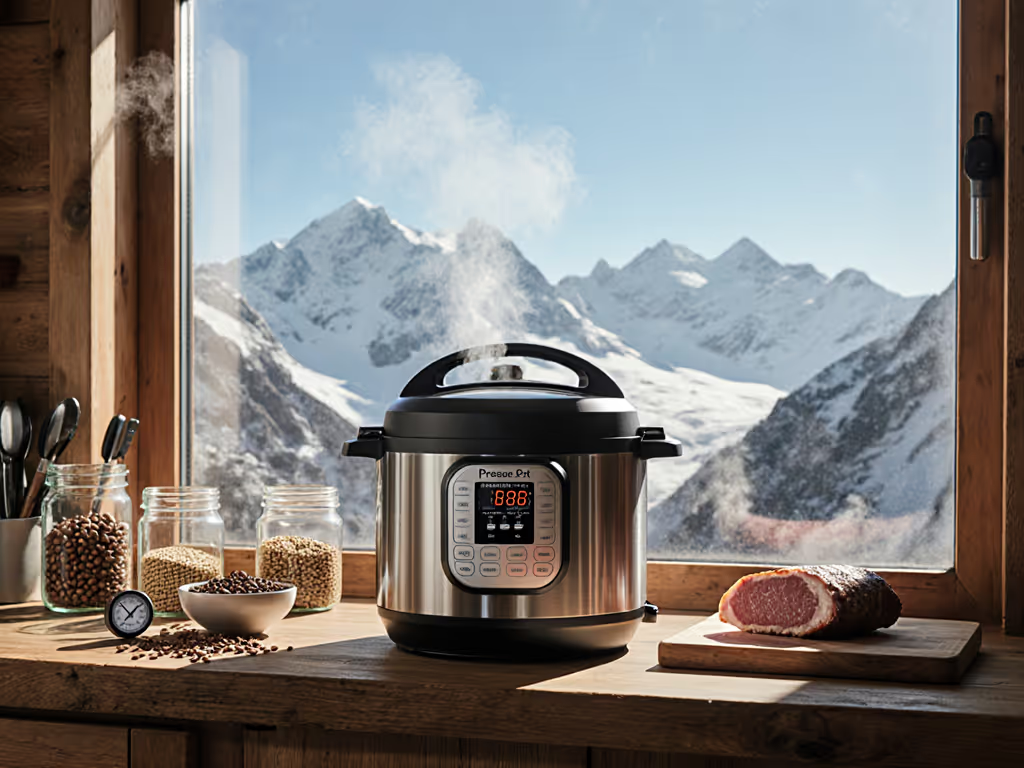
If you're navigating high altitude pressure cooking above 3,000 feet, that hissing valve isn't just cooking, it's fighting thinner air. Elevation pressure cooker adjustments become non-negotiable when lower atmospheric pressure sabotages texture, timing, and safety. I've seen arthritis-flared hands fumble over confusing release valves and watched perfect beans turn to soup because guidelines ignored real mountain kitchens. Ease-of-use is a safety feature, not a luxury. Let's fix what the manuals overlook.
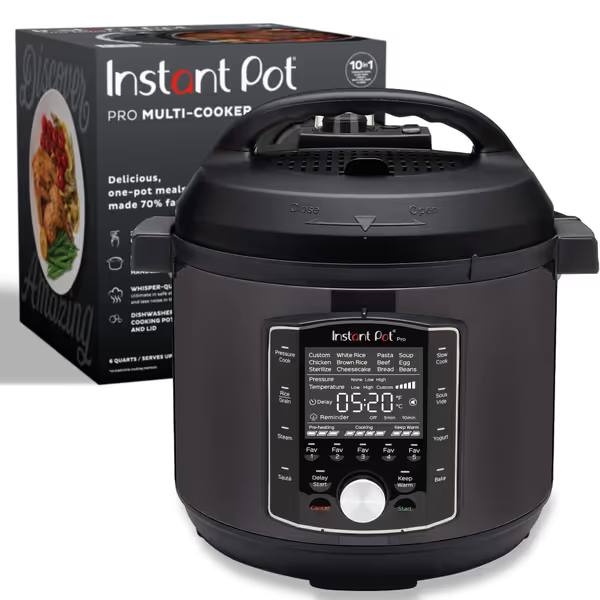
Instant Pot Pro 10-in-1 Pressure Cooker
Why Your High Altitude Pressure Cooker Behaves Differently
At elevation, two silent factors rewrite your kitchen rules: lower boiling points and faster evaporation. Water boils at 203°F instead of 212°F at 5,000 feet (that's 9°F cooler for steam to tenderize food). Pressure cookers compensate by holding that lower-boiling-point steam, but duration still needs tweaking. Why? Because thinner air reduces steam's density and cooking power. A 15 PSI setting at sea level doesn't push as hard against your stew's fibers up high. It's physics, not broken equipment.
The Critical Adjustment Everyone Misses
Tools should fit you, not the other way around. If a valve hisses like a commuter train or buttons require thumb-crushing force, it fails the winter-glove test.
Your High Altitude Pressure Cooking FAQ (Solved)
How much longer do I cook at 5,000 feet?
Add 15% to pressurized time (e.g., 20 minutes becomes 23 minutes). But don't stop there, CSU Extension's 2020 high elevation testing proved natural release matters more than extra minutes for dry beans and rice. At 7,000 feet? That 10-minute natural release isn't passive waiting, it's letting steam gently hydrate grains. Skip it, and you'll crack open a pot of paste.
Why do my beans still split even with extra time?
Foaming + low pressure = disaster. Thin air lets liquids bubble violently, clogging vents. Solution: Never fill past ⅓ full. For dry beans, add 2 extra tablespoons of liquid and use the saute function to boil off excess foam before sealing. (This saved my aunt's Sunday dal after three failed batches in Santa Fe.)
Does natural release time count toward total cook time?
Yes, and it's non-negotiable for altitude. For a deeper dive into release methods, see Natural vs Quick Release to learn when each produces the best texture. Many recipes omit this, assuming sea-level density. At 6,000+ feet, a "quick release" on dense foods like potatoes causes dangerous spewing. Quietly releasing steam takes 5-15 extra minutes but prevents burns and texture collapse. If your cooker lacks a gentle release mode (like the Breville's auto-steam setting), walk away, don't hover over a manual valve. Safety isn't negotiable when your kitchen's 8,000 feet up.
How do I adjust without a fancy chart?
The 5% Rule is incomplete. Anderson's classic advice (5% more time per 1,000 feet) fails for rice and dairy. Instead:
- For beans/grains: +5 minutes natural release + 2 tbsp liquid
- For meats: +10% pressurized time (not heat!)
- For yogurt/milk: +3°F to target temp (test with a Thermapen)

The Silent Culprit: Your Lid's Seal
That faint hiss? It's pressure leaking, not "normal operation." At altitude, weaker atmospheric pressure makes seals work harder. If your gasket feels stiff when cold or leaves fingertip dents, replace it before cooking. I discard rings after 18 months regardless of looks, arthritis taught me that a compromised seal risks explosive steam. Clean silicone with vinegar, not harsh scrubbing; nicks invite leaks. (Pro tip: Test seal integrity before adding food, press 'sealing' mode and watch for rapid pressure drop.)
Mountain Cooking Pressure Cooker Truths
You'll hear: "Just buy a higher-PSI model." Ignore it. Most electric cookers max at 11.6-12 PSI regardless of altitude claims. What matters is consistent pressure maintenance, not advertised PSI. That's why I rate displays for legibility in Denver's glare. If you can't read 'HOT' warning icons at noon, your cooker fails the sunlight test. Similarly, cleanup steps and soil resistance determine if you'll actually use it after stew night. A dishwasher-safe pot (like the Instant Pot Pro's) beats "easy wipe" promises when your hands ache from cold-weather gardening.
Ease-of-use is a safety feature, not a luxury. When your aunt's knuckles hurt and dinner's burning, unclear manuals become hazards.
Your Action Plan
- Never skip pre-heat testing: Run a water-only cycle monthly to check pressure build speed.
- Track real times: Note altitude + cooking results in your recipe app. CSU's charts are starters, not gospel.
- Defy "quick release" defaults: For anything starchy or dense above 3,000 feet, always add 5+ minutes natural release.
High elevation cooking times aren't arbitrary, they're physics translated to texture. When your pot seals cleanly, hums quietly, and releases steam without panic, then tools finally fit you. That's the dignity every mountain kitchen deserves.
Related Articles


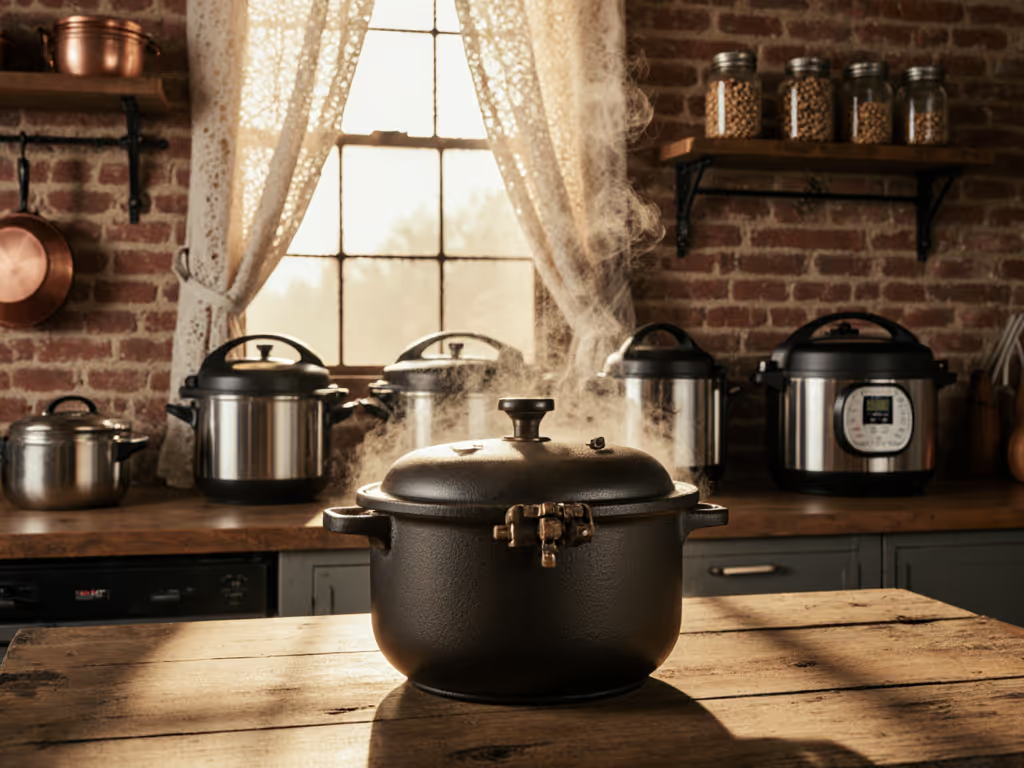
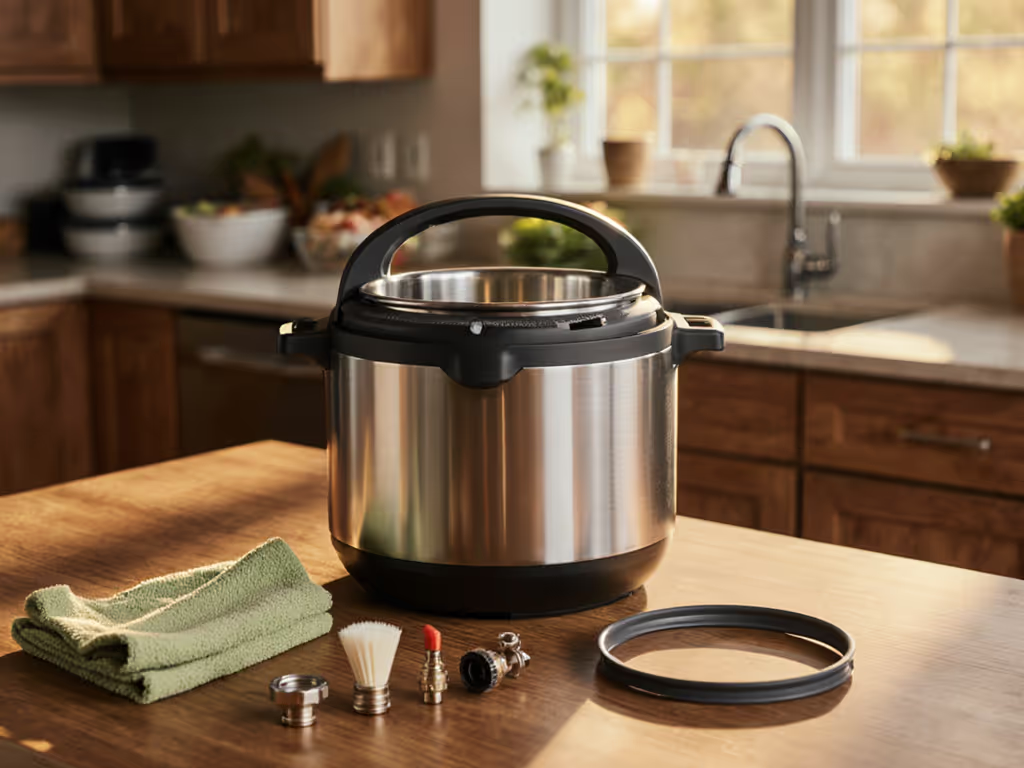
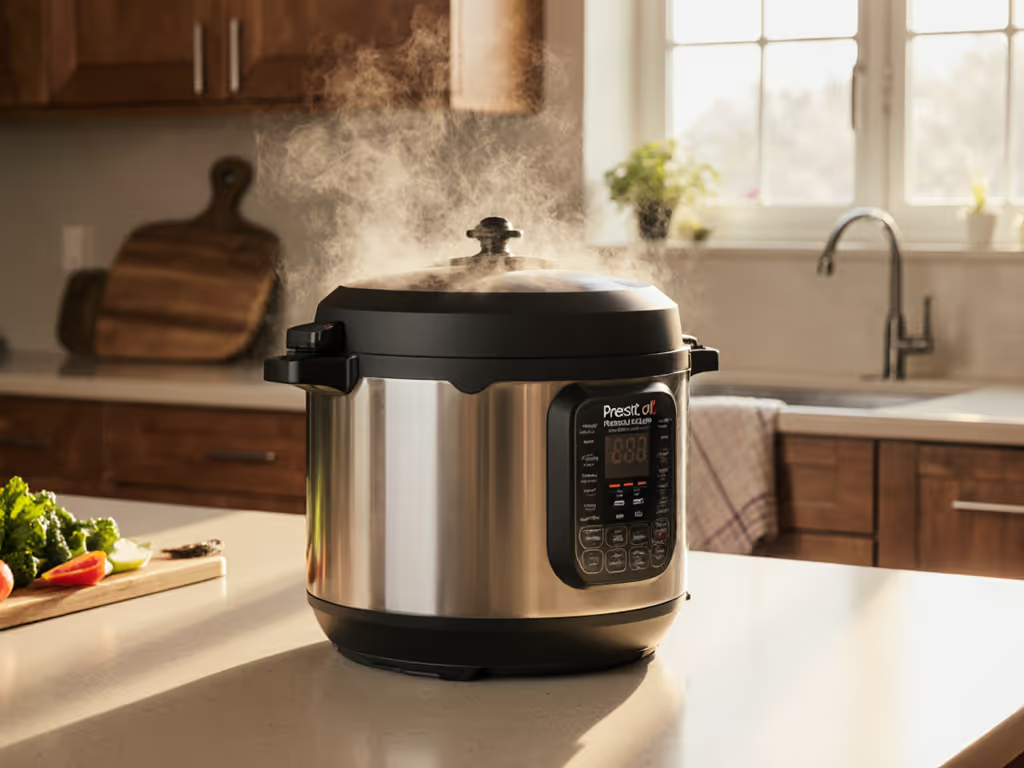
Pressure Cooker Basics: Safe First-Time Use Guide
Master a safe, predictable pressure-cooking routine: budget for preheat and release, respect fill lines, use QR vs. NR correctly, and confirm zero pressure before opening. Get usability checks for electric vs. stovetop and simple gasket care to prevent burns and “BURN” errors.
